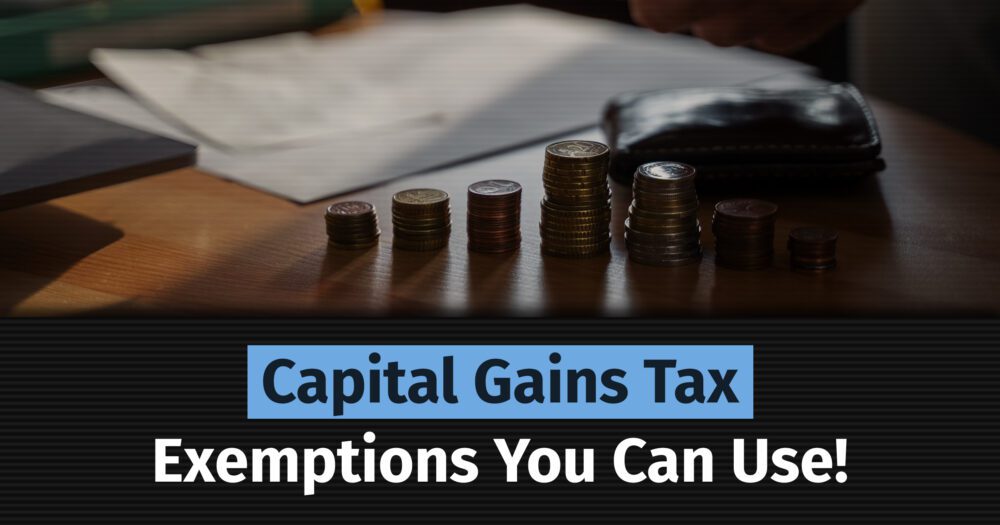Introduction
If you are new to filing your own ITR request, chances are that you have been on the hunt for Form 16 for quite a while. Amidst the array of forms ticked off on your list, Form 16 stands out as one of the most important requirements for salaried individuals while filing their income tax return. So, what is Form 16, and how can you use it to simplify your ITR filing?
What is Form 16?
Form 16, also referred to as Form 16A, is a certificate that your employer issues. It accurately represents the income earned by you and declares the tax deducted at source (TDS) with the financial assessment year.
So, to put it simply, every month when your salary is credited, some amount from your original salary amount is deducted “at source” to be paid in tax to the government. This is a spontaneous process initiated by the employer each month, so they have all the details of how much you have paid in taxes at the end of the financial year.
Using Form 16/16A, they declare this amount for the IT portal to calculate either– the overstanding amount and refund it to you or the outstanding amount and send you a payment request accordingly.
Now, the Form 16 is divided into two parts:
- Part A: This part contains details like your employer’s TAN and PAN, the TDS amount, and the period for which TDS was deducted. It helps the government understand how much tax your employer has already deducted on your behalf.
- Part B: This is a more thorough account of your salary. In part B, the employer provides all the details including your gross salary, eligible deductions and exemptions details. It breaks down your earnings and shows how much of it is taxable.
Do I Need Form 16 to File ITR?
In case you have just started working or your employer hasn’t issued Form 16 yet, there is no reason to panic. You can still file your returns smoothly by collecting the following:
- Payslips: You can ask for monthly payslips from your employer stating your gross income and TDS clearly. This negates the need for a Form 16 and helps you compute your total income while filing your income tax refund request.
- Bank statements: You anyway need to submit your bank statements while filing your ITR. This doesn’t only have details of your investments and share interests, but also of your monthly salary. Hence, bank statements are a valid proof of income.
- TDS information: In case your employer has been paying your tax but hasn’t issued Form 16 for you yet, you can easily access form 26AS on the Income Tax website.
How to File ITR Using Form 16?
Having Form 16 handy simplifies the ITR filing process to ensure that you are filling in your details correctly and can maximise the refunds. Here is a step-by-step guide to handhold you through the process:
Step 1: Download Form 16
The first step is to download Form 16 from your employer’s portal or ask your HR department to provide it. Here, you should make sure that both Part A and Part B are included in your form.
Step 2: Visit the Income Tax e-Filing portal
Go to www.incometax.gov.in and log in using your credentials. If you’re a first-time filer, you will need to register yourself using your PAN and set up a password to get your account running.
Step 3: Choose the appropriate ITR form
Next up, head over to choose the initial form and go for ITR-1 or ITR-2 forms as applicable for you. Salaried individuals generally use ITR-1 (also called SAHAJ). You should choose this form unless you have other income sources like capital gains, rental income and so on, in which case you may need ITR-2.
Step 4: Fill in salary details using Form 16
Now comes the crucial part where you have to use your Form 16, especially part B. Using this part, fill in your salary details– the gross salary, exempt allowance information and deductions. Once you file the deductions under Chapter VI-A, the portal auto-populates all the tax calculation for you and all you have to do is cross check.
Step 5: Verify TDS details
Use Part A of Form 16 to match the TDS already deducted by your employer with your Form 26AS. Form 26AS is readily available on the income tax portal. If the figures match, you’re good to go.
Step 6: Declare additional sources of income
If you have any other income, such as interests from investments, insurance benefits, rental income, or anything of the sort, declare it under the appropriate sections on the portal.
Step 7: Claim deductions
Now, once again, use Form 16 to identify the deductions your income slab is eligible for. There are deductions like 80C, 80D, 80G and more. Marking the eligible deductions helps reduce your taxable income.
Step 8: Preview and submit
Before submitting, review all the information to ensure it is correct. After that, select ‘Submit’. Your ITR will be filed, and you will receive an acknowledgment number.
Step 9: Verification
The last step is to verify your return. You can e-verify it instantly using Aadhaar OTP or your bank account. Alternatively, you can send a signed copy of ITR-V to the Centralized Processing Centre (CPC) within 120 days.
Wrapping Up
Form 16 makes it easy to file your ITR because all the essential information is provided in one place. You won’t have to rummage through pay slips or other documents when everything is summarised for you in this form. It is like having a cheat sheet to make sure you don’t miss any important details or exemptions. However, if you’re finding it difficult to navigate the provided methods, download 1 Finance App to get seamless assistance for your ITR filing process.







